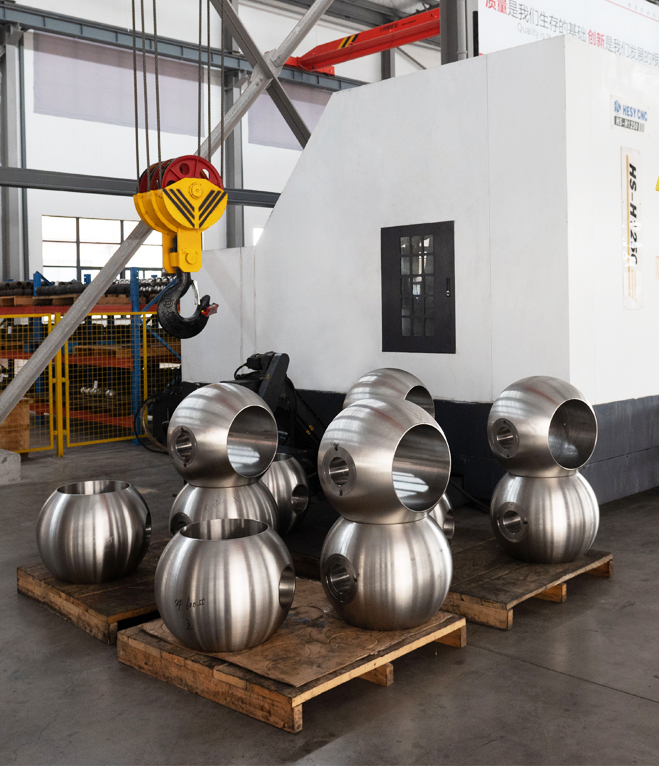As pressure and temperature requirements become more varied in industrial applications, the ball valve market has begun to adjust both design and materials to meet new performance expectations. These shifts are evident in how manufacturers are refining the Ball Valve Body to better accommodate unpredictable operating environments. The changes are not only about durability but also about delivering consistent flow performance under fluctuating system loads.

The Ball Valve Body is at the center of this evolution. Its structural role determines how well the valve handles internal forces and temperature shifts without distortion or leakage. Engineers have focused on reshaping the Ball Valve Body to provide better sealing, resistance to stress corrosion, and easier integration into diverse piping layouts. Different alloys and surface treatments are being introduced to meet the unique demands of industries like chemical processing, oil and gas, and water treatment.
In system configurations where pressure cycles are frequent and temperatures shift rapidly, the ball valve must maintain reliable shutoff characteristics. These demands have encouraged the development of new sealing systems and improved machining precision. Rather than relying on thick wall sections alone, today's Ball Valve Body designs aim for a balance between wall strength and internal contour optimization. This helps reduce turbulence while still handling operational strain.
As the ball valve continues to be used in more complex systems, adaptability has become a key consideration. It’s not just about how the ball rotates or seats within the housing. The full interaction between the Ball Valve Body and its internal components affects flow efficiency, maintenance requirements, and response to sudden temperature changes. Because of this, attention has shifted toward refining tolerances and connection interfaces.
End users in high-pressure applications are increasingly requesting valves that maintain integrity during both steady and transient conditions. This is where the Ball Valve Body plays a crucial role. A poorly designed housing can pilot to warping, stuck operation, or seal degradation. When the ball valve is installed in high-cycle environments, repeated mechanical and thermal loads can quickly reveal weaknesses in design or material selection.
Even in low-pressure systems, demands related to chemical compatibility and temperature swings can stress the components of the ball valve. The sealing surfaces and flow passages must remain stable despite variations. This stability depends significantly on how the Ball Valve Body supports internal alignment and thermal expansion. For that reason, precise casting or forging methods are increasingly used in construction.
The ball valve, while conceptually simple, continues to evolve as operational requirements shift. Whether used for isolation, throttling, or directional flow, its effectiveness still depends on the quality of its structure. Modern Ball Valve Body configurations reflect an understanding that small improvements in geometry or material can pilot to longer service life and fewer operational disruptions.
Furthermore, installation and servicing considerations are influencing how the ball valve is designed. A Ball Valve Body that enables easy access or supports interchangeable components can reduce downtime and simplify field maintenance. These practical improvements often matter as much as performance data in the decision-making process for plant operators and engineers.
The market’s adjustments are not a complete overhaul, but rather a steady refinement of core principles. The ball valve remains a staple across many sectors, and changes in pressure and temperature demands only highlight the need for continued innovation in its physical design—particularly in the integrity and versatility of the Ball Valve Body.